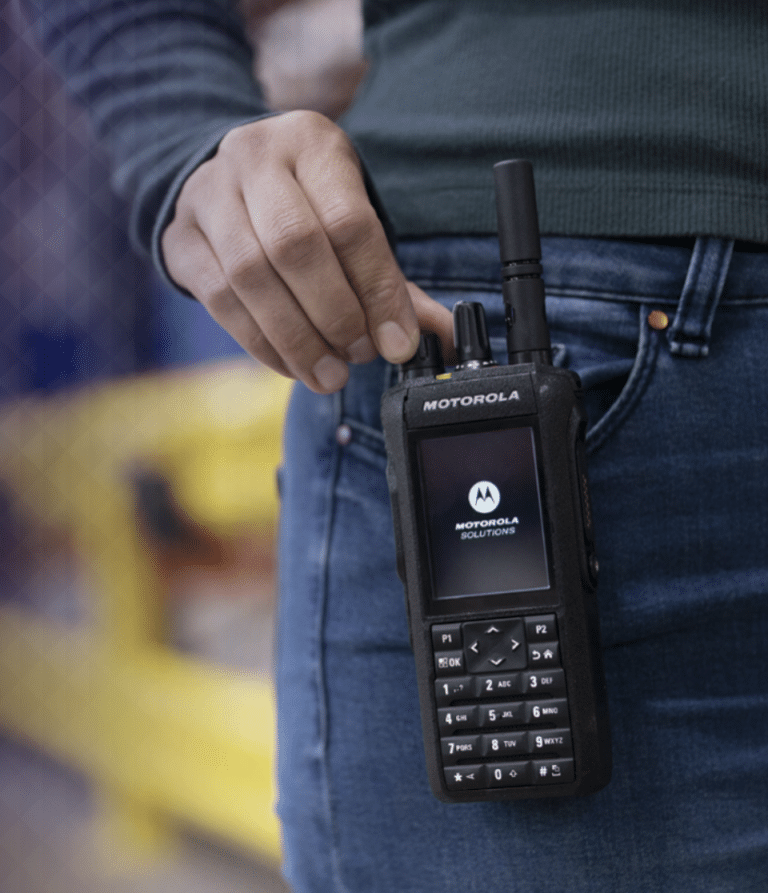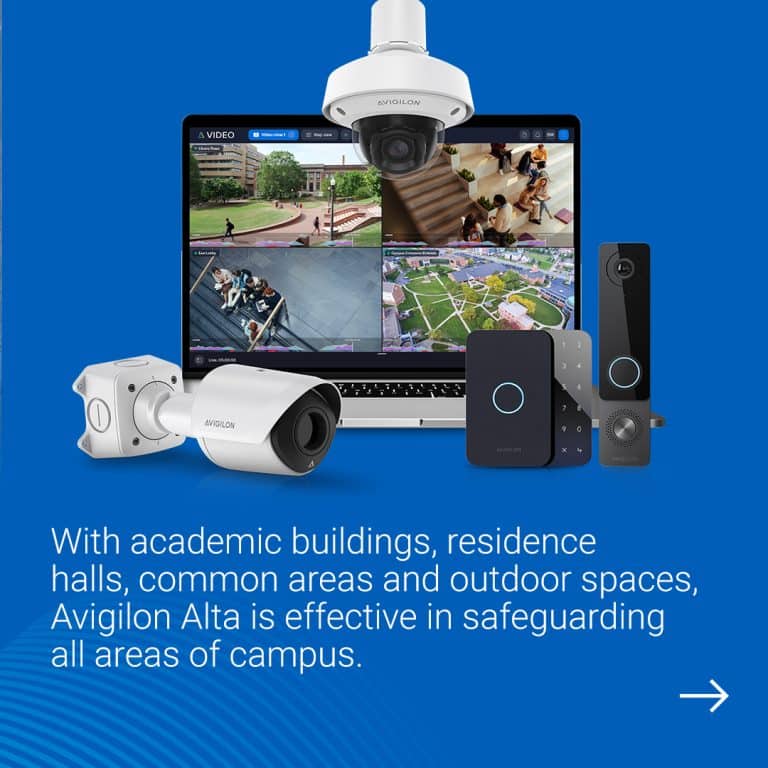Imagine someone suddenly collapses on the floor at your business. You call 9-1-1 and clear a path for emergency crews. But when they arrive, you stand in their way. They try to call out for additional help, but you shut down their radios. They scramble to do what they can but time runs out. A life is lost and everyone is left to wonder why you made things so difficult.
Sounds ridiculous, right? A responsible business owner would never interfere with emergency responders. But the results are similar if you interfere with the public safety radio system they depend on. You are required by law to make sure Emergency Responder Radio Coverage (ERRC) works properly inside your business without interruption. Now is the time to validate coverage before your people and your business suffer. And if you assume you’re in good shape, there are plenty of reasons to double-check.
You’ll Pay for Neglect, One Way or Another.
When government inspectors check for ERRC, they don’t find it about 30% of the time. That means emergency two-way radios are useless inside about a third of the businesses that firefighters, police, and paramedics enter. Without ERRC, an emergency response turns into slow-motion as responders are forced to run stairwells and hallways in a struggle to communicate with each other, support crews outside, and dispatchers. Speed is critical in these situations. It’s not uncommon for people to die while waiting to be resuscitated or rescued.
If putting lives at risk doesn’t motivate you to verify your ERRC is up to code, the penalties probably will. FCC fines are immediate and can run as high as $8,000 per day in addition to fire code violation penalties until you bring your business into compliance. Inspectors can even shut your business down if emergency communications are unreliable.

Penalties for not maintaining your part of the public safety radio system are severe because a blackout in radio communications skyrockets the risk to first responders and the people they serve in a crisis. Responders depend on the system to coordinate their movements throughout a building and call for critical supplies and support. Their radio signals are, in effect, lifelines.
Shortcuts are a Shortcut to a Failed Inspection.
ERRC often depends on Bi-Directional Amplification (BDA) hardware within your building. In fact, fire codes usually require the hardware. BDAs generally involve powered antennas and amplifiers that pull a public safety radio signal into your building and then redistribute it throughout. Business owners often assume the presence of the right hardware is all they need to ensure ERRC. But then they fail the inspection and realize they hired the wrong installers.

ERRC hardware installation and maintenance work is not simple. It requires training in ERRC systems, staying up-to-date on evolving support technologies, and developing an advanced understanding of municipal codes. Just because someone says they can install ERRC equipment doesn’t mean they can install it correctly or meet the standards of those who will use it.
Inexperienced installers don’t know how to fine-tune radio technology to ensure compliance, and they might even install equipment that actually disrupts a public safety radio system. In addition, they’ll likely lack awareness of local codes or how the codes apply to your property.
If you hired a general security alarm company to install your BDA, don’t be surprised if you fail inspection because key emergency evacuation areas have been neglected or additional equipment wasn’t installed to bridge gaps in hard-to-reach areas riddled with concrete and other radio frequency barriers. And if an emergency strikes before an inspection, brace yourself for an especially painful discovery of gaps and other inadequacies.
How Do You Achieve ERRC Peace of Mind?
The only way is to hire the right company for the right work. ERRC requires specialization and cutting corners will only raise the risk of expensive penalties and injuries. Don’t just hire someone willing to install essential hardware. You need an advocate who will thoroughly analyze the idiosyncrasies of your property, cover all your bases, and anticipate inspection risks.

Commenco’s two-way radio system expertise goes back decades. We’ve been pioneering the use of these systems for nearly 70 years, including public safety radio systems and 9-1-1. We’ve installed and maintained more BDAs than we can count for customers as large as Ford Motor Company and Cerner. We never walk away until we validate that emergency responders will be able to get a public safety signal anywhere in your building or throughout your campus.
All of those years of experience have put us in close partnership with public safety officials all over Greater Kansas City. They know our work and it gives them confidence. We even call in public safety officials to verify our work and test it out after we install BDAs. We then return for annual testing to ensure booster performance remains in compliance, and replace batteries and other supplies as necessary.






